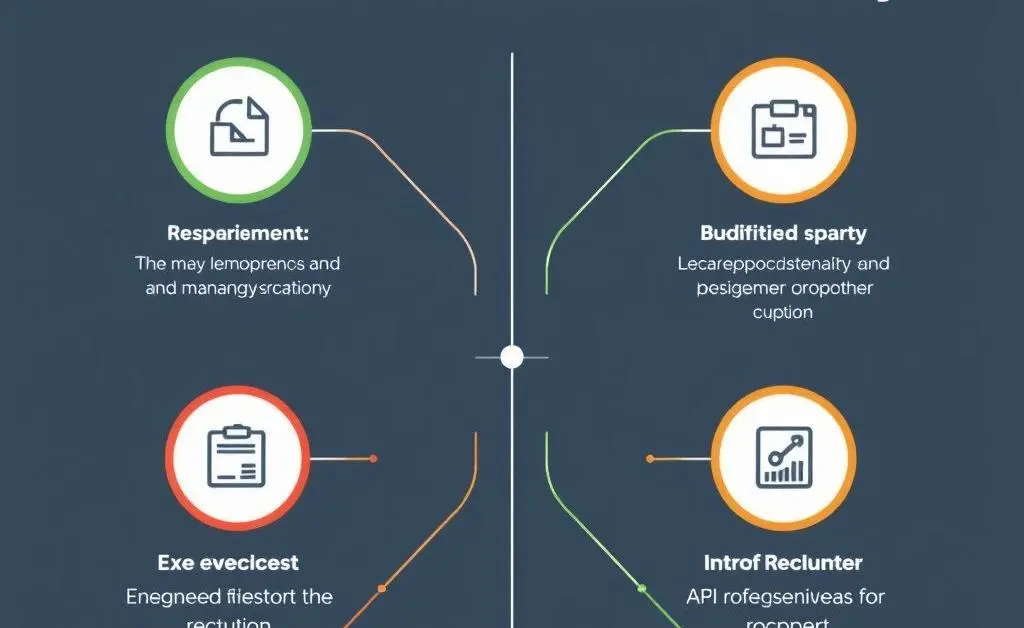How to Handle Criticism: Building a Resilient Portfolio
Learn to gracefully handle criticism and improve your portfolio today!

Ever found yourself hovering nervously over the 'send' button after uploading your portfolio, wondering what the feedback will be? You're definitely not alone. Whether you're an artist, a designer, or a writer, sharing your work with others can be both exhilarating and terrifying. But here's the thing: learning how to gracefully accept and learn from criticism is crucial for personal and professional growth.
Understanding the Value of Feedback
First things first, it's all about perspective. Feedback doesn't always have to be taken as a personal attack. Often, it's a chance to see how others perceive your work and to improve based on that insight. Constructive criticism is your tool for growth.

What Makes Criticism Constructive?
Good feedback is:
- Specific: Targets particular elements, not vague opinions.
- Objective: Focuses on the work, not the creator.
- Actionable: Provides clear suggestions for improvement.
Receiving feedback that checks these boxes can genuinely help you refine your skills.
My First Portfolio Feedback
Let me share a quick story. When I received my first round of feedback, it was a whirlwind. "The consistency in your layout is off," said one. Another added, "Your use of colors is bold but try a more harmonious palette." At first, it was difficult to hear, but I quickly realized these comments were gold nuggets — insights that would lead to a sleeker, more professional portfolio.
Steps to Effective Feedback Management
Dealing with feedback doesn't have to be overwhelming. Here’s a simple roadmap:

- Accept all critique graciously; even harsh words can have a kernel of truth.
- Reflect on what's been said after your emotions have settled.
- Identify trends in the feedback – are there repeated suggestions?
- Decide on specific changes to implement first.
- Reach out for clarification if needed. Feedback can be more productive with a dialogue.
Following these steps can make criticism less daunting and more constructive.
Building a Resilient Mindset
Here's how to build resilience when faced with criticism. Remember, it’s all about maintaining a balanced view and keeping your end goals in sight. Take breaks if you need them, and come back with a fresh mind and renewed focus.

What about you? How do you handle critiques on your portfolio? Do you have your strategies or experiences to share?




